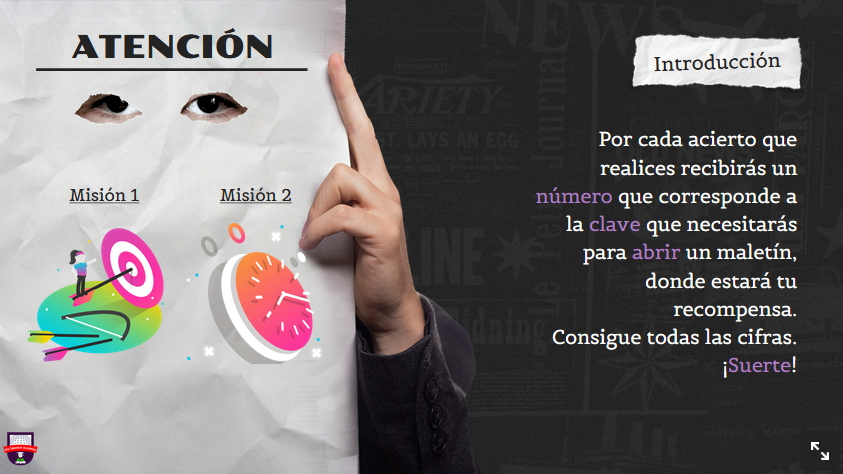
The importance of interactive games for the learning process.
Septiembre 28, 2019 por Jorge Marcich
Today we are faced with a different way of learning. Indeed, children and adolescents are digital natives and, faced with such a reality, the didactic methods must adhere to the way these natives of the digital world understand reality. If we stick to the strategies used in the past, we will face a significant risk of demotivation and lack of concentration. Students may lose the willingness to study and children and adolescents opt for any other activity rather than doing this one.
To face this phenomenon, at Via Talentum Academy, as part of our learning methodology that we call “4 phases” ©, we include interactive games, which encourage students to learn the subjects. However, why do we choose games? Well, in order to understand the fundamentals, I will first refer to the concept of gamification, a methodology that uses the incentive logic of games in environments that are not normally playful in order to increase the participant’s motivation.
Some examples of gamification are reward systems, progress bars, achievements, power or badges or any strategy that rewards success in the game. These strongly encourage students, since they appeal to the natural way the brain recognizes prizes and rewards. The game itself and the reward system capture the students’ attention and motivate them to achieve the best possible level of performance. Therefore, it becomes the best platform for students to learn; success in the game will mean having acquired the concepts taught in the subjects.
That is why at VTA we use games which are created for each content and subject, in order to be able to learn through them. Thus, the game becomes a vehicle to consolidate concepts. By using this methodology, the level of playability and fun of the game acquire great importance and in this sense there are two large game categories. The first is the use of games created for the mere purpose of amusement (they tend to have low academic content) and the second is the use of games to teach a specific subject.
[1] [1] Gamificación: It is the use of games to improve student engagement and motivation. Strategies for learning include recognition of achievement through points, badges, leader boards, or progress bars. Vargas-Henríquez, J., Garcia-Mundo, L., Genero, M. and Piattini, M. (2015). Analysis of the use of Gamification in Computer Science Teaching. Proceedings of the XXI Computer Science University Teaching Conference. 105-112.
